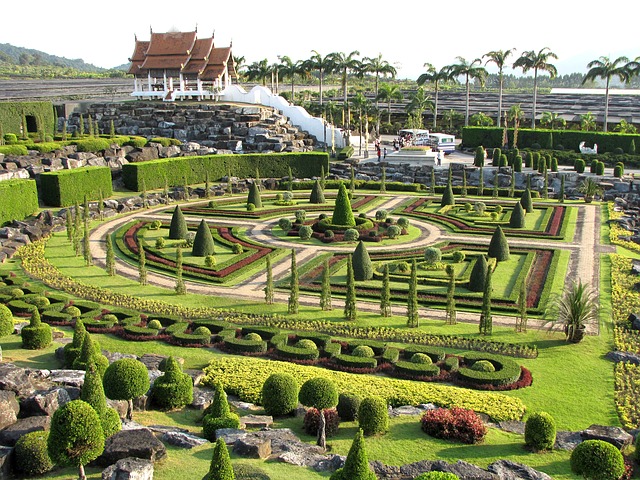
A park’s design has a direct impact on the people’s willingness to use the space and how they feel about their safety in that space. In this regard, there are a number of physical characteristics which the users associate with high-risk environments. These include:
• Poor visibility
• confusing layout
• Aural and physical isolation
• Areas of concealment
• Poor lighting
• Presence of huge numbers of “undesirables”
• No access to help
• Vandalism
• Poor park and oval maintenance
Characteristics of a good park’s design
For people to feel safe in a park, the design has to be well thought. To be considered safe, a park’s design should:
• Meet the needs of the users
• Connect all the users with the place
• Be interesting and diverse
• Provide the users with a positive experience and image
While a good design does not necessarily do away with the perceptions of fear or even the chances of crime occurring, it helps to set the preconditions for effective control.
What about isolation and user’s safety in the parks?
The main reasons for opting for an “eyes on the street” approach when it comes to planning and designing a park is to increase the possibilities for informal surveillance by the masses as they go about minding their businesses. This also reduces the number of isolated places where crime could occur unnoticed. However, while park users feel safer when they are heard and seen by others, it can be a difficult or even sometimes even undesirable to eliminate isolation in park settings.
Naturalized parks, for example, are aurally and visually isolated places and it can be very difficult to do away with isolation in these places. Though the diverse landscape of shrub thickets, woodlands and tall grass meadows are most valued in these parks, the resultant isolation can be very intimidating to some users. This paradox presents a very interesting challenge: how can the designers plan natural areas in these parks in a manner which mitigates this isolation and apprehension? Like any good park designer will tell you, no one solution prevails in these circumstances. What is basically important is to offer information and choices so that people can make informed decisions when it comes to using these types of parks.
Safety should be a major consideration along the key routes within the park and between the parks’ perimeter and the streets. Possible dangers in more secluded areas within the park need to be recognized by means of legible layouts or signage that direct users toward more populated sections but which don’t remove the freedom for the people to explore alternative routes if need be.
Legible design and layout
Legibility is the degree to which a space is understandable by the users. When a park is legible, people using it are able to form an accurate image of it. This means they are able to find their way with ease when in the park. As a result, their sense of security and comfort are greatly enhanced. It should be noted that feelings of being unsafe increase as sections within the park become more isolated or if points of reference or familiar landmarks go missing.
How can legibility within the park be enhanced?
Legibility is critical for efficient pedestrian movement as legible pathways convey a sense of well-defined boundaries, of clear direction and of easy access. Here is how to enhance legibility within the park.
• Have clearly visible focal points
• Clear signage directing users to key points of interest
• Pathways connecting people to their destination
• Easy to locate entrances and exits from both inside and outside the park
• Having an easy to understand layouts
• Removing objects that prevent users from moving comfortably into and around the park
What about visibility?
Visibility is an important consideration for park designers. It enhances feelings of security and comfort for park users. If people can see ahead and around, their sense of security when using the park is greatly improved. Having clear sightlines makes it possible for park users to verify the presence of persons or items that might be threatening.
Safety in parks begins at the perimeter. If it is inviting and people can observe what is happening within and around the park, then they are inclined the enter it. This type of a perimeter makes it possible to access the park for all kinds of users, venerable groups of people such as children, women, older adults and disabled people included.
All in all, safety is enhanced by providing users with a choice of exits and entrances, in addition to routes from and to different sections within the park. A choice of direct and attractive routes maximizes legibility and physical accessibility within the park. The absence of efficient and legible circulation systems discourage people from using the park altogether. Alternative routes should provide:
• A way to bypass sections within the park that are considered as threatening
• A way to avoid movement predictors
• A way to avoid entrapment sections in and around the park















